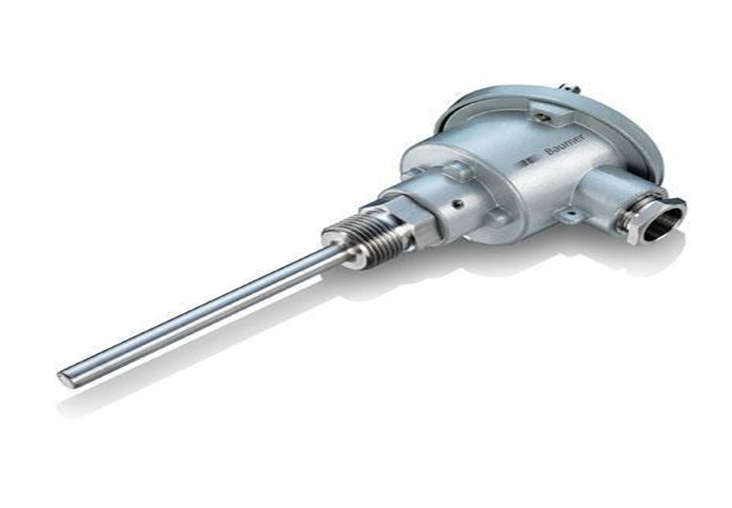- RTD (Resistance Temperature Detector) sensor is a passive device used to sense temperature that operates on the principle that the resistance of metal changes.
- RTD sensors are used to calculate the resistance of the sensor by passing a small electrical current through the sensor.

Working of RTD Sensor
- The current passing through the resistor of the sensor creates a resistance value that is calculated by an attached component that correlates it to the temperature based on the resistance characteristics of the RTD sensor.
- The resistance can be calculated, then used to supply temperature readings.
- The working of the RTD sensor is only based on the relationship between resistance and temperature of the material used for its construction.
- In the RTD sensor platinum, copper, or nickel is used during construction, platinum metal has a stable relation between resistance – temperature across a wide range of temp.
Application of RTD Sensor
- This sensor is used in automotive to calculate the engine temperature, an oil level sensor, and intake air temperature sensors.
- It is used in power electronics, computer, consumer electronics, food handling and processing, industrial electronics, medical electronics, military, and aerospace.
